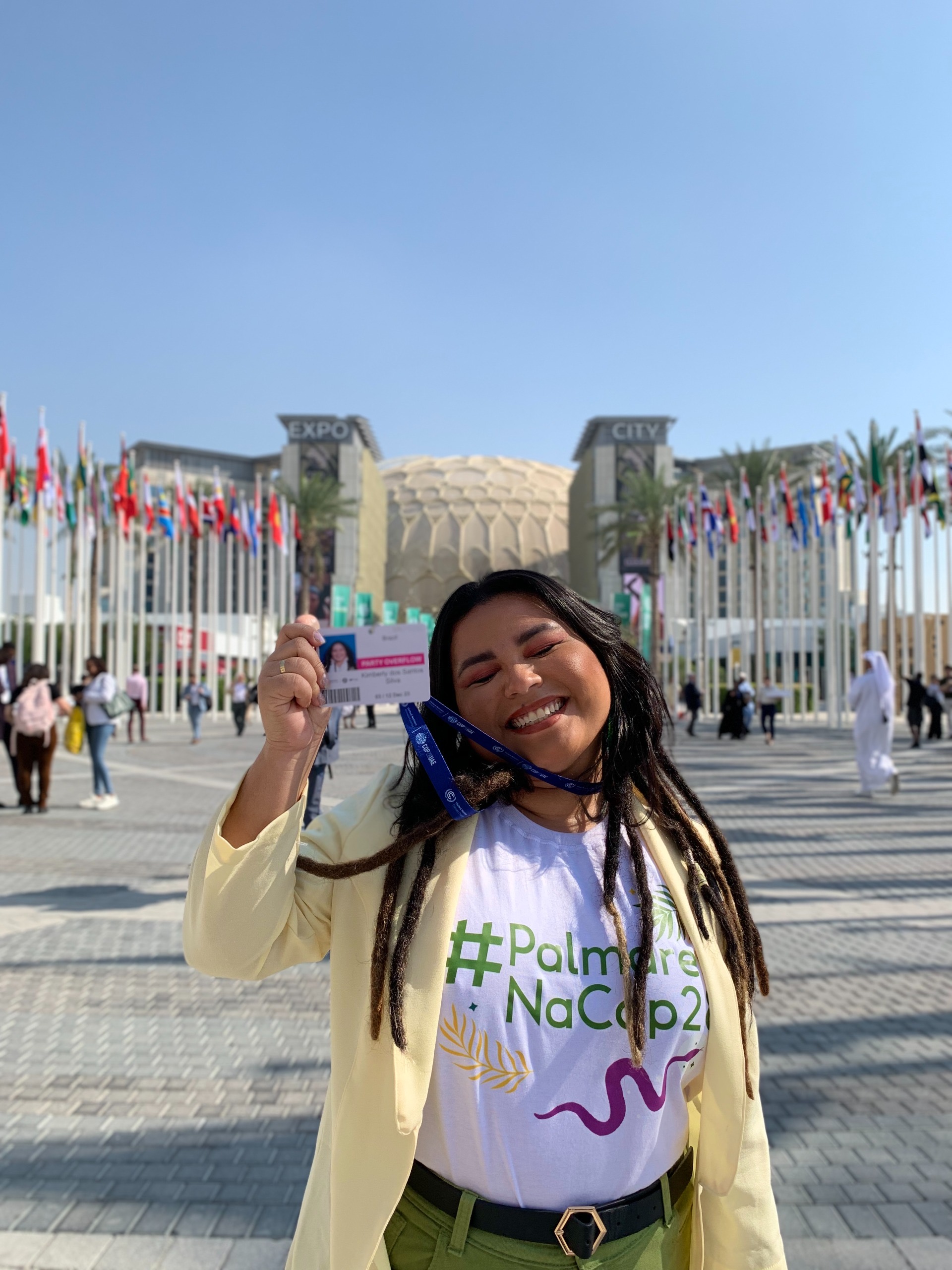On 28 November 2024, we conducted an interview with Kimberly Silva – a biologist, socio-environmental activist and member READ MORE
Category: Indigenous Peoples
Between the COPs and Indigenous Peoples: Is There Something to Be Translated?
By Veronica Korber Gonçalves and Tchella Maso There is an expectation of significant Indigenous participation at COP30. The READ MORE

